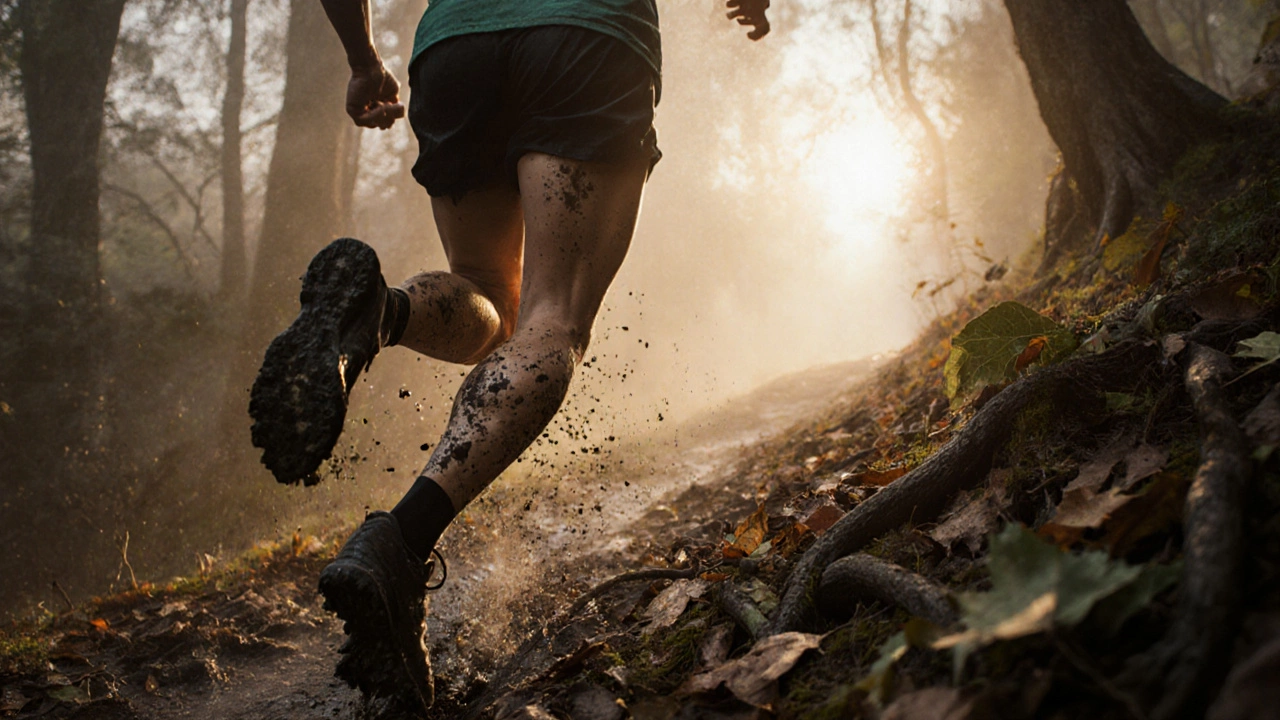Endurance Athletes: What They Do, How They Train, and What They Need
When you think of endurance athletes, people who sustain physical effort over long periods, like marathon runners, cyclists, and triathletes. Also known as long-distance athletes, they don’t rely on quick bursts of power—they win by outlasting everyone else. These athletes train differently than sprinters or weightlifters. Their bodies adapt to hours of steady effort, not single explosive moves. It’s not just about strength—it’s about efficiency, pacing, and mental grit.
What makes an endurance athlete? It’s a mix of physiology and discipline. Their muscles learn to use oxygen better, their hearts pump more blood with each beat, and their bodies get smarter at burning fat for fuel. But it’s not all biology. Nutrition plays a huge role—eating the right carbs at the right time, staying hydrated, and recovering fast. And recovery? That’s not just rest. It’s foam rolling, sleep, ice baths, and knowing when to back off. Without it, even the toughest athlete breaks down.
Endurance athletes don’t just show up on race day. They spend months building up slowly, logging miles, tracking heart rates, and tweaking their routines. They’re the ones who wake up before sunrise to train in the cold, who eat the same meals every day, and who push through pain others quit at. Their gear? It’s not flashy. It’s lightweight, breathable, and built to last. You’ll see them in the same running shoes for 500 miles, using the same hydration pack, and wearing the same cycling shorts until they’re threadbare.
And it’s not just about running or biking. Endurance shows up in swimming, rowing, cross-country skiing, and even competitive hiking. The core is the same: sustained effort, controlled breathing, and mental toughness. Whether you’re training for your first 5K or chasing a personal best in a 100-mile trail race, the principles don’t change. It’s about consistency over intensity, patience over speed.
There’s no magic formula, but there are patterns. The best endurance athletes know their limits, listen to their bodies, and stick to a plan. They don’t need fancy gadgets—just a watch, a journal, and the will to keep going when no one’s watching. And if you’ve ever wondered how someone runs for hours without stopping, or bikes across a mountain range, now you know: it’s not luck. It’s training, fuel, and a mindset built over time.
Below, you’ll find real guides and breakdowns from athletes and coaches who’ve been there—on the road, on the track, and in the gym. From how to avoid burnout to what to eat before a long ride, these posts cut through the noise and give you what actually works.
